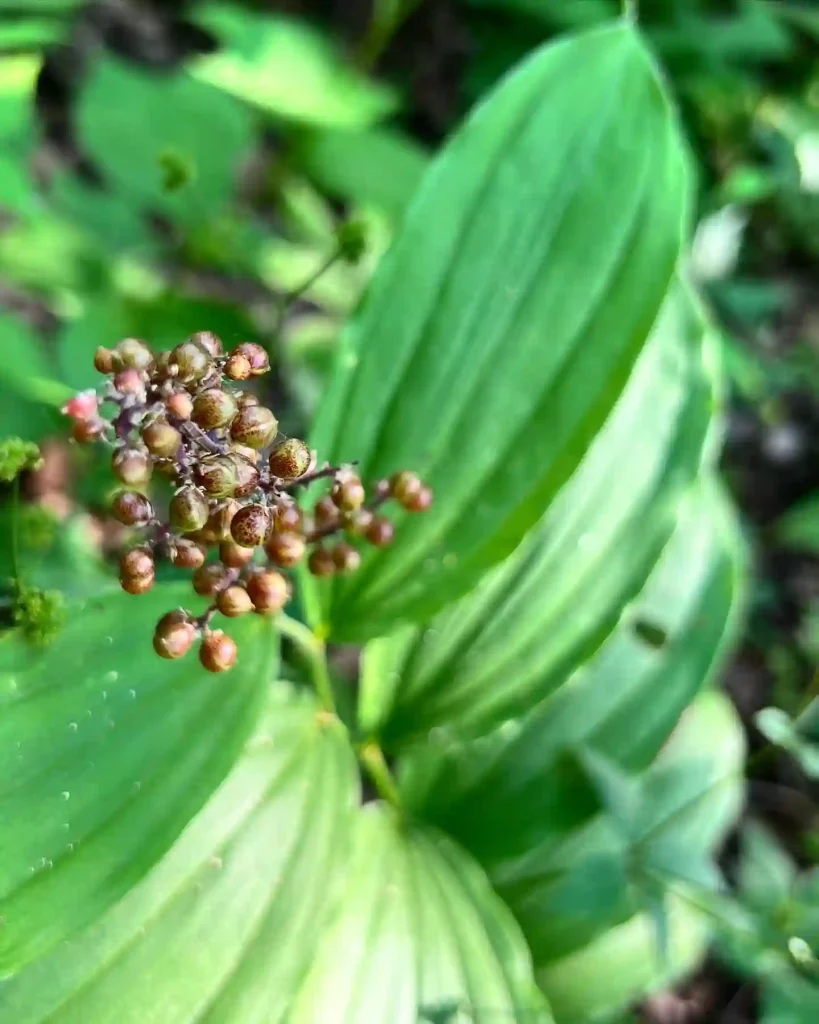
FAQs About Arctostaphylos Uva-Ursi: Everything You Need to Know
Arctostaphylos Uva-Ursi, commonly known as bearberry, is a versatile and hardy evergreen shrub that has piqued my interest for years. Its small, leathery leaves and bright red berries make it a unique addition to many gardens. In this article, I’ll cover some frequently asked questions about this fascinating plant, including propagation, pronunciation, and where to buy it, among other topics.
78 Species in Genus Arctostaphylos
How to Propagate Arctostaphylos Uva-Ursi from Cuttings?
Propagating Arctostaphylos Uva-Ursi from cuttings can be a rewarding process, although it requires patience. Here’s a step-by-step guide on how to do it:
- Timing: The best time to take cuttings is in late summer or early fall when the plant is actively growing.
- Selection: Choose healthy, non-flowering stems from the current season’s growth. They should be around 4-6 inches long.
- Preparation: Remove the lower leaves from the cutting, leaving just a few at the top. Dip the cut end in rooting hormone to encourage root development.
- Planting: Insert the cutting into a pot filled with a well-draining soil mix, such as a combination of sand and peat moss.
- Care: Keep the pot in a shaded area with high humidity. Mist the cuttings regularly and ensure the soil remains moist but not waterlogged.
- Rooting: Roots should start to develop within 4-6 weeks. Once the cuttings are well-rooted, they can be transplanted into larger pots or directly into the garden.
How to Say Arctostaphylos Uva-Ursi?
Pronouncing Arctostaphylos Uva-Ursi can be tricky. It’s pronounced as “ark-toe-sta-fi-los oo-va ur-see.” Breaking it down:
- Arctostaphylos: “Ark-toe-sta-fi-los”
- Uva-Ursi: “Oo-va ur-see”
Practicing a few times should help you get comfortable with the pronunciation.
Where to Buy Arctostaphylos Uva-Ursi?
Finding Arctostaphylos Uva-Ursi can be a bit of a hunt, but it’s worth it for this hardy shrub. Here are some places where you might find it:
- Local Nurseries: Check with local garden centers or nurseries. They often have a variety of native and hardy plants, including Arctostaphylos Uva-Ursi.
- Specialty Online Retailers: Websites that specialize in native plants or shrubs may offer Arctostaphylos Uva-Ursi. Some reliable ones include Plant Delights Nursery or Prairie Moon Nursery.
- Big Box Stores: Occasionally, large home improvement stores with garden centers will stock this plant, especially in areas where it’s known to thrive.
- Botanical Gardens: Sometimes, botanical gardens have plant sales or can direct you to local sources.
How to Care for Arctostaphylos Uva-Ursi?
Caring for Arctostaphylos Uva-Ursi involves understanding its preferences and needs:
- Sunlight: This plant thrives in full sun to partial shade. It can handle a range of light conditions but prefers at least a few hours of sunlight each day.
- Soil: It needs well-draining soil, ideally sandy or rocky. Adding some compost can help improve soil fertility and drainage.
- Watering: Once established, it is quite drought-tolerant. Water the plant regularly during its first year but reduce frequency as it matures.
- Pruning: Minimal pruning is needed. Remove any dead or diseased branches to keep the plant healthy and encourage dense growth.
What to Plant With Arctostaphylos Uva-Ursi?
Arctostaphylos Uva-Ursi pairs well with various plants:
- Low-Growing Groundcovers: Combine with other low-growing plants like thyme or creeping juniper for a cohesive look.
- Rock Garden Plants: Its hardy nature makes it a good match for a rock garden, alongside plants like sedum or dwarf conifers.
- Native Plants: Consider pairing it with other native species that share similar soil and light requirements.
Can You Grow Arctostaphylos Uva-Ursi Indoors?
Growing Arctostaphylos Uva-Ursi indoors can be challenging due to its preference for specific light and soil conditions. It is best suited to outdoor environments where it can thrive in its natural habitat. If you must grow it indoors, ensure it receives plenty of bright, indirect light and use a well-draining soil mix.
Is Arctostaphylos Uva-Ursi Toxic?
Arctostaphylos Uva-Ursi is generally not considered toxic to humans or pets. However, consuming large quantities of the berries might cause digestive upset, so it’s best to keep them out of reach of curious pets or young children.
Benefits of Arctostaphylos Uva-Ursi
- Ground Cover: It makes an excellent ground cover for difficult areas due to its low-growing habit and drought tolerance.
- Wildlife Friendly: The berries provide food for various wildlife, including birds.
- Erosion Control: Its spreading habit helps prevent soil erosion on slopes and embankments.
Common Problems with Arctostaphylos Uva-Ursi
- Disease: Watch out for fungal diseases, especially in overly wet conditions. Ensure good air circulation and well-drained soil.
- Pests: Occasionally, pests like aphids may affect the plant. Regular monitoring and appropriate treatment can manage these issues.
Comparing Arctostaphylos Uva-Ursi with Other Plants
When comparing Arctostaphylos Uva-Ursi to similar plants, such as Kinnikinnick (another common name for the same plant) or other ground covers like creeping thyme, Arctostaphylos Uva-Ursi stands out for its evergreen foliage and ability to thrive in poor, sandy soils. It’s more drought-tolerant compared to some other ground covers and provides year-round interest with its green foliage and bright red berries.
Arctostaphylos Uva-Ursi is a resilient and attractive plant with many benefits. Whether you’re propagating from cuttings, buying from a nursery, or simply caring for one, understanding its needs and characteristics can help you make the most of this hardy shrub in your garden.
If i die, water my plants!



